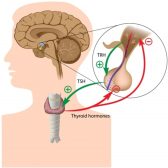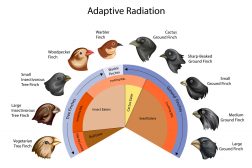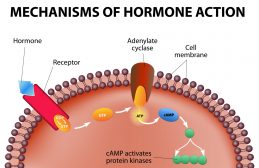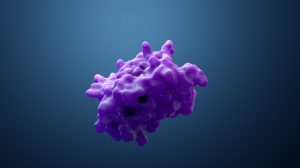Definition
noun
A taxonomic class comprised of the xanthophytes (yellow-green algae)
Supplement
Xanthophyceae is a taxonomic class that is formerly placed under Phylum Chrysophyta together with the chrysophytes (golden algae) and the bacillariophytes (diatoms) based on Pascher’s system of classification.1 Recent system of classification2 though considers Xanthophyceae as a class belonging to Phylum Ochrophyta. Accordingly, this class has the following taxonomic orders:
- Botrydiales
- Mischococcales
- Phyllosiphonales
- Rhizochloridales
- Tribonematales
- Vaucheriales
Xanthophyceae is a class comprised of xanthophytes or the yellow-green algae. The color is due to the presence of pigments such as xanthophylls and beta carotene. They also have chlorophyll pigments. They have chlorophyll a and c. Compared with other heterokont algae, xanthophytes do not possess fucoxanthin.
They are mostly found in fresh water though some species were also found in marine and soil habitats. Their flagella are heterokont. They form zoospores for asexual reproduction. They are also capable of sexual reproduction and it may be isogamous, anisogamous, or oogamous. They store their food as chrysolaminarin and oils. They have many forms; they may be unicellular, colonial, or filamentous.
Word origin: Ancient Greek xanthós (“yellow”) + -phyceae
Synonym:
- Tribophyceae
See also:
Reference(s):
1 Pascher, A. (1914). “Über Flagellaten und Algen “. Berichte der deutsche botanischen Gesellschaft 32: 136–160.
2 Encyclopedia of life. (2016). Xanthophyceae. Retrieved from http://www.eol.org/pages/3630/overview.







